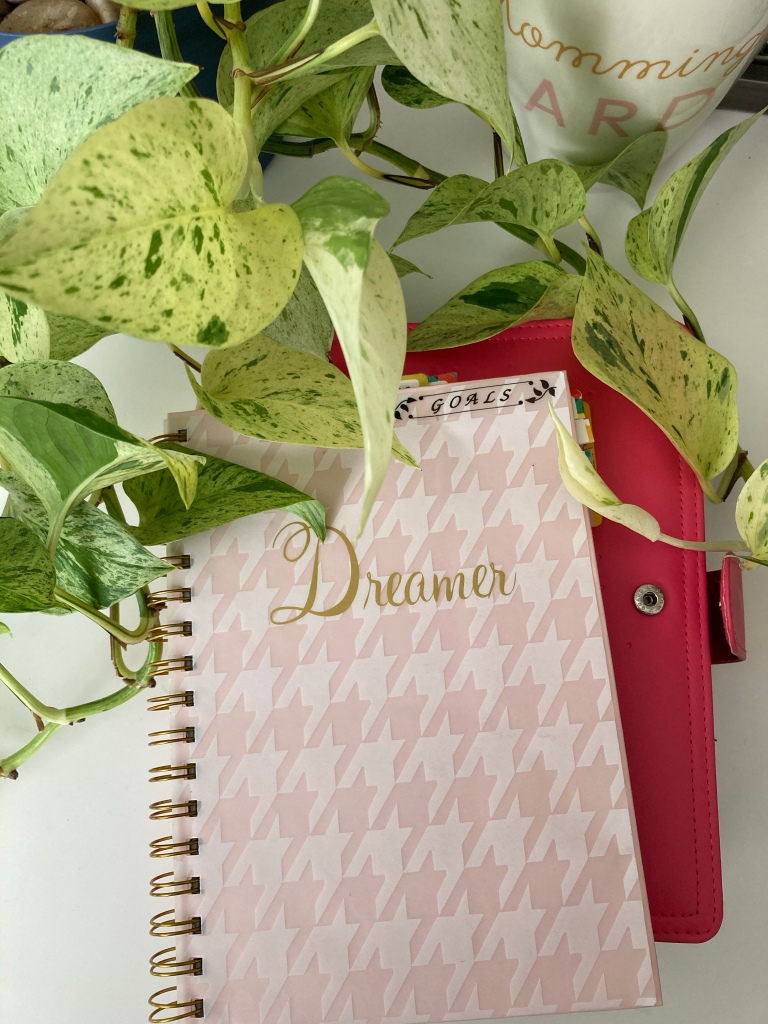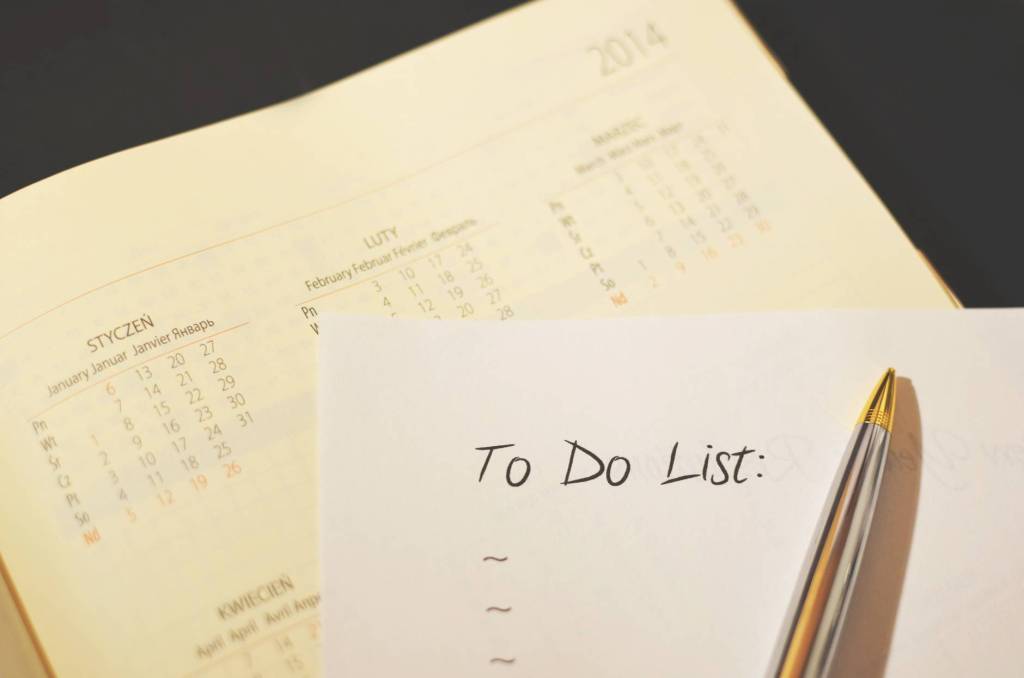I recently revamped the way that I store my inserts, both used and unused. I often refer back to my used inserts for goal setting, appointment scheduling, etc and I needed to quickly be able to grab the next set of unused inserts to place in my binder during my planning routine. Finding a good solution for storing them was important because I was spending way too much time trying to find something I was looking for and getting frustrated at times because I couldn’t find whatever it was. After a little research on how other people were storing their inserts I decided on the following.
- An old binder to hold my inserts from last year that sits on a shelf close by my desk
- A Franklin Covey Storage Binder and 3 Ring Mini Binder for my current inserts that sit on the same shelf as above
- My unused inserts from previous years (2019 and older) as well as inserts that are a different sizes than my current system (personal size, discbound, etc) are being stored in scrapbook storage boxes on the floor in one of my coat closets.
Previously I had inserts all over the house tucked away wherever I had space. Now I can go right to the shelf, grab what I need and move on quickly. It is working like a charm!
I’ve included some ideas below for ways that you can store your inserts:
- Old Binder that you aren’t using currently
- Franklin Covey Storage Binder (7 ring planner inserts)
- 3 Ring Mini Binder (7 ring planner inserts)
- Loose Leaf Book Rings (any planner inserts)
- Scrapbook Storage Boxes (any planner inserts)
- Photo Box (any planner inserts)
- Expanding File Organizer (any planner inserts)
- You could also use a XL large binder clip or rubber band to hold them together and put them in an old shoe box
Tell me how you store your inserts? Is it one of the ways that I listed above or do you use something different? Let me know in the comments!

